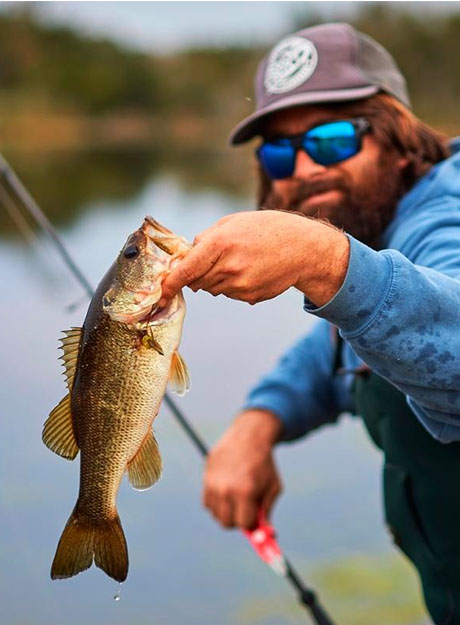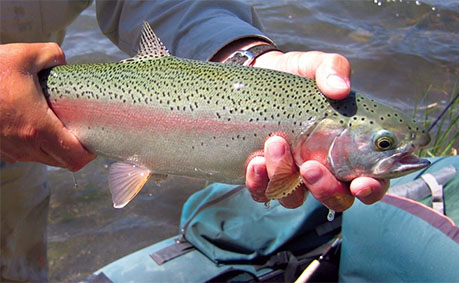Flounder fishing is one of the highlights for amateur and professional anglers alike. Flounders have a reputation as being a top game fish for several reasons. They’re widespread and found throughout their range. If you find an area that is known for flounder, you’ll probably find them. They’re also not finicky eaters. They’ll take a variety of baits, including artificial lures.
There are several techniques for fishing flounder that will greatly improve your odds of catching one. So it pays to listen to the pros and apply their advice. You need to know which baits to use, which artificial lures work best, and how and where to find them. You also need to know which fishing rigs work best for catching flounder.
Presentation of your bait is everything when it comes to catching flounder. Selecting the correct rig for your location and water conditions is important. Since flounder live and feed on the bottom you want to start with a fishing rig that will get your bait on the bottom. Below are some of the most popular rigs that will get your bait on the bottom and present it in a fashion that is irresistible to flounder.
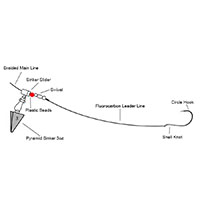
A surf fishing rig used to catch a large variety of fishing including stripers and redfish
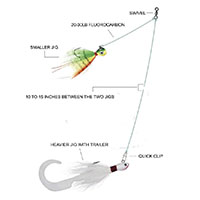
Effective rig that provokes an agressive strick from flounder and other sea fish
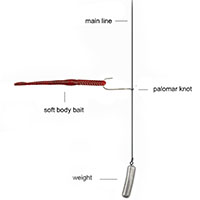
A bass fishing rig that can be fished deep, shallow, and anywhere in between
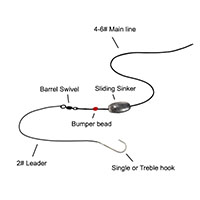
Ideal for still fishing or drift fishing the bottom for light biting fish such as walleye
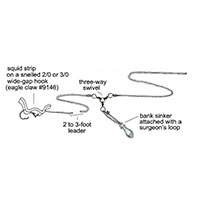
This is a traditional saltwater drift fishing rig designed to fish on the bottom
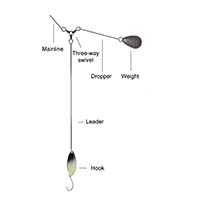
A versatile rig for fishing natural or artificial bait from shallow to deep water
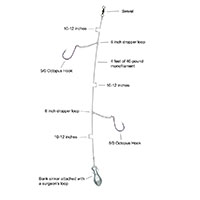
Presents two baited hooks at once doubling an angler odds of a catching a fish
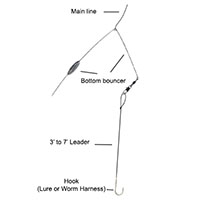
Trolling rig that keeps bait close to the bottom while minimizing snags from cover
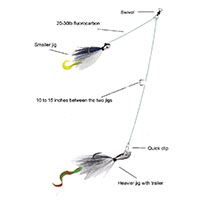
Jig rig with natural action and presentation ideal for targeting flounder (fluke)
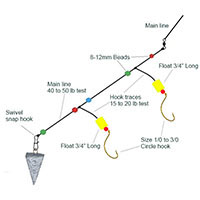
A baited bottom fishing rig used primarily for surf fishing for pompano


